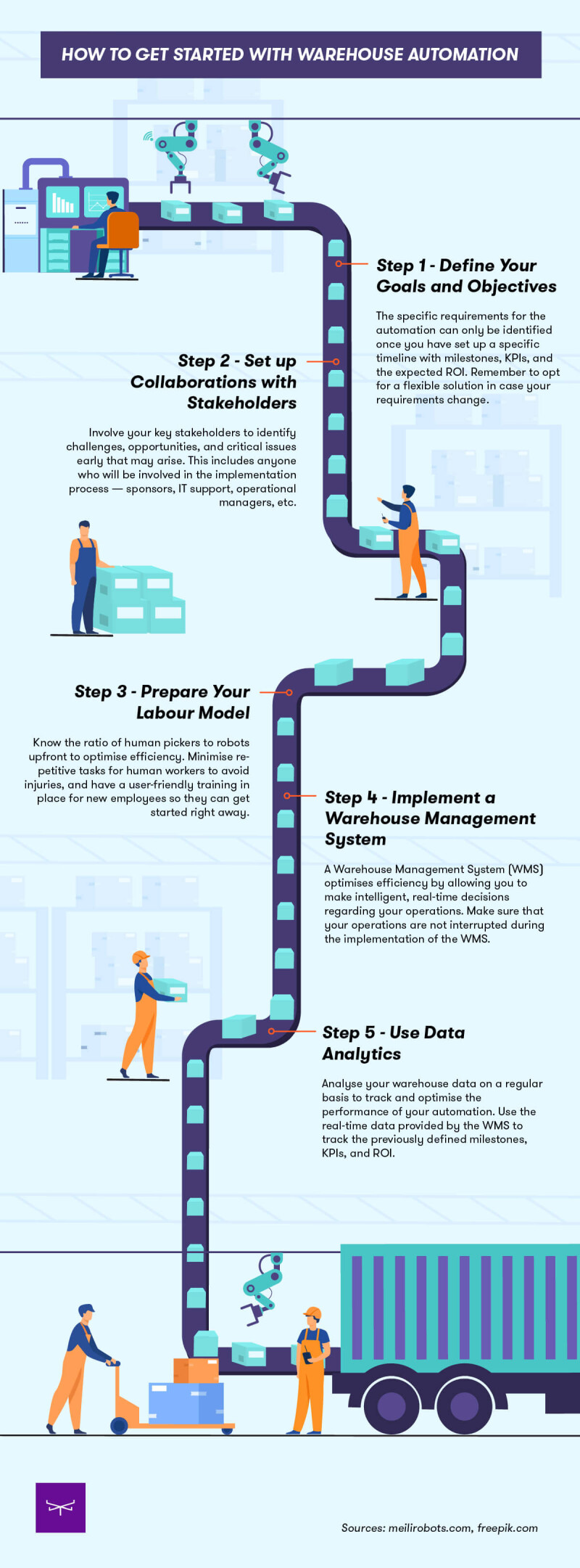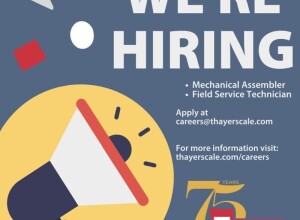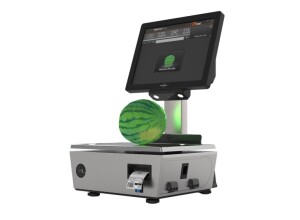Meili Robots (Denmark) - With the sales of logistic robots hitting the roof, more warehouses are implementing automation solutions into their facility.
Thanks to technological advances, there is a wide range of solutions to choose from these days. However, knowing how to start automating your warehouse is still a complicated process, and there are many aspects that can easily be overseen.
In order to help you implemented your automation solution successfully, Meili Robots has created a step-by-step guide to warehouse automation, including the different types of automation, how it benefits your operations, and which areas of your warehouse you should automate first.
How to Get Started with Warehouse Automation?
- Define your goals and objectives;
- Set up collaborations with your key stakeholders;
- Prepare your labour model;
- Implement a Warehouse Management System or integrate with an existing one;
- Use data analytics
For more information, please find the full guide.
































Interested? Submit your enquiry using the form below:
Only available for registered users. Sign In to your account or register here.